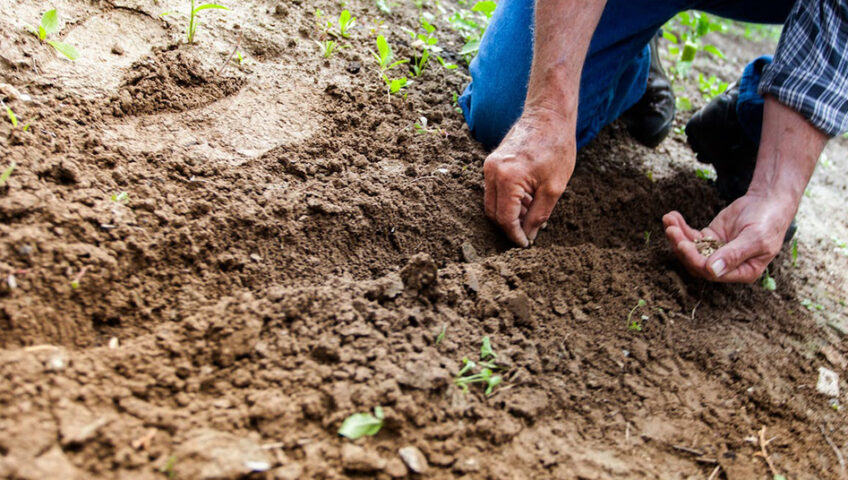Introduction
In the realm of sustainable land management practices, stump grinding has emerged as an unassuming yet powerful ally, not just in the removal of unsightly tree remnants but also in the enhancement of soil quality. Often overlooked beyond its cosmetic benefits, the process of stump grinding plays a crucial role in transforming landscapes and promoting healthier, more fertile soil. In this blog article, Stump Grinding Jacksonville experts will tell you how the multifaceted ways stump grinding contributes to improving soil quality, fostering a harmonious relationship between land management and environmental conservation.
Nature’s Mulch: A Protective Cover for the Soil
One of the primary ways stump grinding improves soil quality is through natural mulching. As the stump is ground into small wood chips, it creates a layer of organic mulch that blankets the soil. This mulch acts as a protective cover, shielding the soil from erosion caused by wind and water. According to Jacksonville Stump Grinding experts, it retains moisture, preventing rapid evaporation and ensuring a more stable environment for plant growth. Unlike artificial mulches, wood chips from stump grinding are completely biodegradable, further enriching the soil as it decomposes.
Accelerated Decomposition: Unleashing Nutrients and Creating Space
Stumps left to decay naturally can take years, during which they may act as barriers to plant growth and occupy valuable space. Stump grinding expedites the decomposition process by breaking down the stump into smaller particles that decompose more rapidly. As per Stump Removal Jacksonville experts, The swift breakdown of the stump expedites the decomposition process, releasing organic material into the soil. This process enhances the soil by infusing it with vital nutrients, creating a more advantageous setting for the flourishing of new plant life. The decomposition of wood chips also facilitates soil aeration, improving root development and creating a more habitable environment for beneficial soil organisms.
Nutrient Availability: Fueling Plant Growth
The ground-up wood chips resulting from stump grinding contribute organic matter to the soil. The breakdown of this organic material releases vital nutrients into the soil, including potassium, phosphorus, and nitrogen. According to Stump Grinding Gainesville, The intricate workings of natural processes ensure that these nutrients are vital to the growth and development of plants. By improving nutrient availability, stump grinding acts as a natural fertilizer, promoting healthier vegetation and enhancing overall soil fertility.
Microbial Activity: Nature’s Soil Enrichers
According to Stump Grinding Jacksonville FL experts, Healthy soil is teeming with a diverse community of microorganisms that play a crucial role in nutrient cycling and soil structure. Stump grinding encourages microbial activity by providing an influx of organic material. Bacteria and fungi, classified as microbes, actively decompose the wood chips, contributing to the soil’s enrichment with beneficial microorganisms. This enhanced microbial activity contributes to improved soil structure and nutrient absorption by plants.
Disease and Pest Eradication: Protecting the Ecosystem
Tree stumps left in the ground can serve as breeding grounds for diseases and pests that may harm surrounding vegetation. Stump grinding eliminates these potential sources of contamination, reducing the risk of soil-borne diseases and pests. This proactive approach to pest management contributes to a healthier ecosystem, minimizing the need for chemical interventions.
Conclusion: A Catalyst for Sustainable Land Management
In the quest for sustainable land management practices, the importance of stump grinding extends beyond its immediate aesthetic benefits. The process, when viewed through an ecological lens, reveals its role as a catalyst for positive change in soil quality. From natural mulching and accelerated decomposition to improved nutrient availability and enhanced microbial activity, stump grinding aligns with the principles of environmental conservation. As we strive for a harmonious coexistence with nature, recognizing the soil-boosting magic of stump grinding becomes integral to cultivating landscapes that are not only visually appealing but also ecologically resilient.
